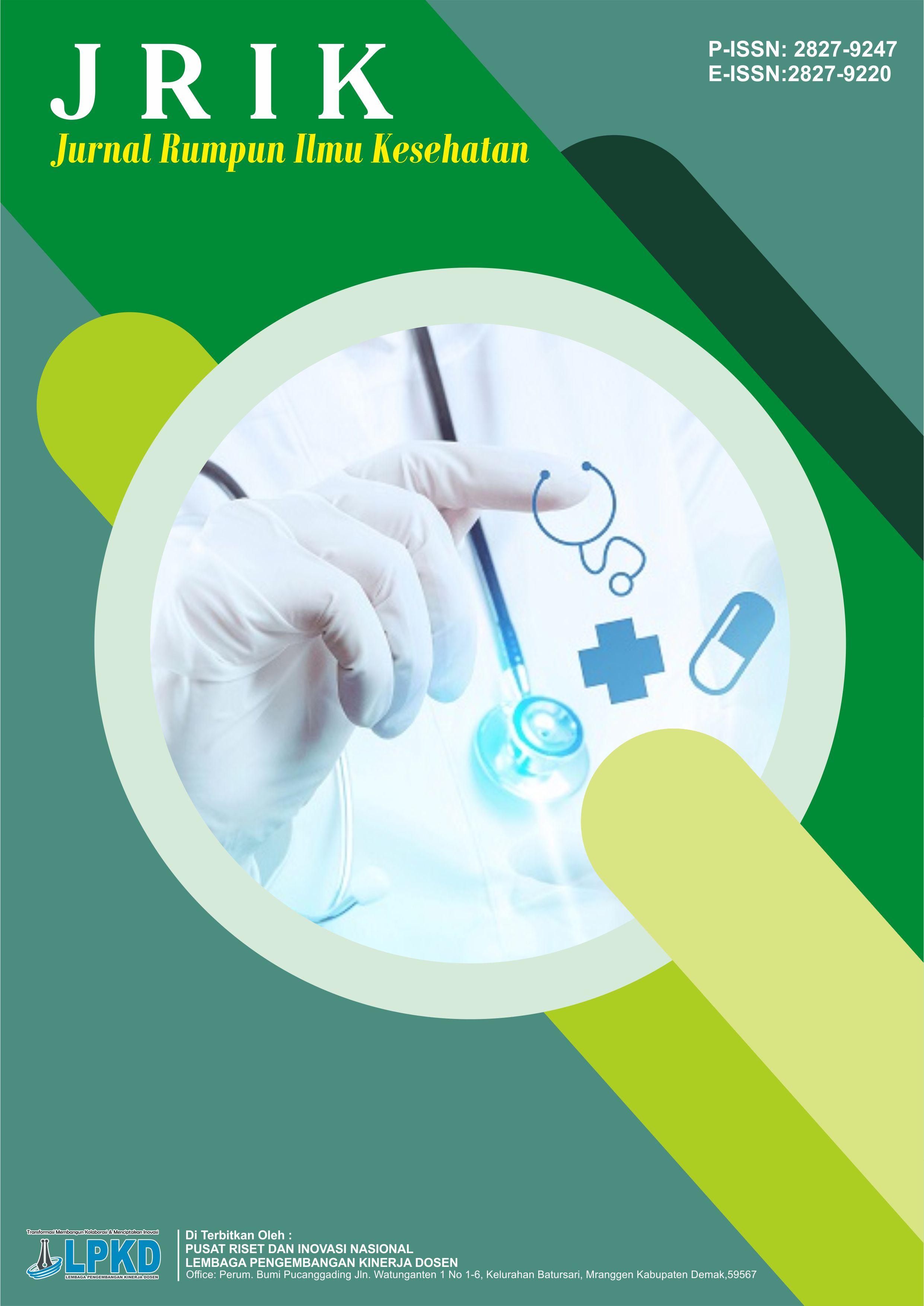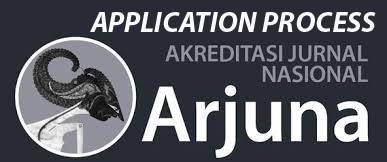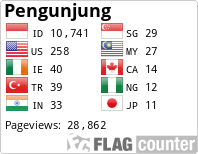Hubungan Stigma dengan Tingkat Kepatuhan Pasien dalam Pengobatan TBC di Rumah Sakit Umum Bhakti Asih Ciledug Tahun 2024
DOI:
https://doi.org/10.55606/jrik.v4i3.4979Keywords:
level of compliance, stigma, tuberculosis treatmentAbstract
TB is an infectious disease caused by infection with the bacteria Mycobacterium Tuberculosis which can attack the lungs. However, it is not automatically transmitted because transmission depends on several factors such as: body resistance, air circulation conditions, ventilation and contact with people with TB. Based on hospital data in 2024 in the last 3 months, there were 317 cases of pulmonary TB, with 176 cases of patients diagnosed with TB. Treatment can be effective if patients comply with the rules for using drugs prescribed by doctors and from the results of the analysis there is a significant relationship between compliance with taking medication and the rate of recovery of tuberculosis patients. This figure is the third largest case of the disease after type 2 Diabetes Mellitus and Hypertension that occurred at Bhakti Asih Hospital. The purpose of the study was to determine the relationship between stigma and the level of patient compliance in TB treatment at Bhakti Asih Hospital, Ciledug. The research method used was Random Sampling with a sample size of 44 respondents and a measurement method using a questionnaire. The results of the analysis using the chi-square test showed that there was a significant relationship between stigma and compliance with taking pulmonary tuberculosis medication in lung patients at Bhakti Asih Hospital.
Downloads
References
Afriyanti, E. (2020). The relationship between stigma and medication adherence in pulmonary tuberculosis patients in the Andalas Health Center area of Padang in 2019. Skripsi. Program Studi Ilmu Keperawatan, Universitas Andalas.
Aryani, L. M., Mangplay, Y., Nurmandhani, R., & Dian Nuswantoro, U. (2021). Implications of individual factors toward tuberculosis social stigma in Kelurahan Tanjung Mas Semarang. Jurnal Stikes Yrsds, 1(1), 45-57. https://jurnal.stikes.ac.id
Aryono, M. (2017). The relationship between knowledge and attitudes with adherence to treatment in pulmonary tuberculosis patients on outpatient care in Jakarta. Media Litbangkes, 28(3), 155-163.
Azalla, C. R., Midar, & Ismail, N. (2020). Analysis of the quality of life of pulmonary tuberculosis patients regarding tuberculosis medication adherence in Pidie Jaya Regency in 2020. Jurnal Aceh Medika, 13(2), 107-112.
Desy, A. I. (2023). Factors influencing the relationship with stigma experienced by tuberculosis patients in Puskesmas Kota Makassar. Skripsi R011101139.
Dharma, K. K. (2017). Metode penelitian keperawatan. Jakarta: Trans Info Media.
Efrizon Hariadi, E., Buston, E., Nugroho, N., & Efendi, P. (2023). The social stigma towards tuberculosis with positive BTA tuberculosis cases. Jurnal Unived. https://jurmal.unived.ac.id
Faizah, U., Agiananda, F., Winarsih, N. S., Ginting, T. T., Isbaniah, F., Elvira, S. D., & L.E.S.I.G. (2016). Psychiatric disorders in Multi-Drug Resistant Tuberculosis (MDR-TB) patients and psychosocial stress affecting them at RSUP Persahabatan. J. Indo Med Assoc., 66(5), 315-322.
Gunawan, A. R. S., Simbolon, R. I., & Fauzia, D. (2017). Factors influencing the level of patient adherence to tuberculosis treatment in five health centers in Pekanbaru City. Jurnal Online Mahasiswa Bidang Kedokteran, 4(2), 1-20.
Handayani, S. (2019). Metode deteksi tuberkulosis. Uwais Inspirasi Indonesia.
Hartini, N., Fardana, N. A., Ariana, A. D., & Wardana, N. D. (2018). Stigma toward people with mental health problems in Indonesia. Psychology Research and Behavior Management, 11, 535-541.
Hasudungan, A., & Wulandari, I. S. M. (2020). The relationship between the knowledge of tuberculosis patients and the stigma of their disease in the Parongpong Health Center area, Parongpong Subdistrict, West Bandung Regency. CHMK Nursing Scientific Journal, 4(1), 19-23.
Herawati, I. (2020). The role of family support, health workers, and perceived stigma in increasing medication adherence in pulmonary tuberculosis patients. Jurnal Kesehatan Masyarakat Indonesia, 15(1), 1-23.
Hidayat, A. A. A. (2015). Metode penelitian keperawatan dan teknik analisa data. Jakarta: Salemba Medika.
Kania, G. O., & Yeni, M. (2022). A narrative review: Interventions to increase tuberculosis medication adherence. Jurnal Kesehatan, 17(3), 123-134. https://jos.unsoed.ac.id/index.php/kesmasindo/article/download/56553279
Kemenkes RI. (2022). Dashboard TB, situasi TB di Indonesia. Dashboard TB-TBC Indonesia (tbindonesia.or.id).
Kementerian Kesehatan Republik Indonesia. (2014). Pedoman nasional pengendalian tuberkulosis. Jakarta: Kementerian Kesehatan RI.
Kementerian Kesehatan Republik Indonesia. (2020). Rancangan awal rencana strategis Kementerian Kesehatan Republik Indonesia tahun 2020-2024. Kementerian Kesehatan Republik Indonesia, Jakarta.
Maharani, F. (2017). Factors related to stigma toward people with HIV and AIDS (ODHA). Jurnal Endurance, 2(2), 15-25. https://doi.org/10.22216/jen.v2i2.1300
Maufiah, A. F. (2019). National guidelines for tuberculosis medical services. Pedoman Nasional Pelayanan Kedokteran Tata Laksana Tuberkulosis, 8(5), 55-67.
Nursalam. (2016). Metode ilmu keperawatan (4th ed.). Jakarta: Salemba Medika.
Purnama, G., Yani, D. I., & Sutini, T. (2016). Gambaran stigma masyarakat terhadap klien. Jurnal Pendidikan Keperawatan Indonesia, 2(1), 29-37. https://ejournal.upi.edu/index.php/jpk/article/view/2850
Putri, M. A., Harmaytetty, & Utomo, B. (2016). Psychoeducative family therapy affects family knowledge, support, and stigma toward leprosy. Jurnal Ners, 11(1), 88-98.
Riris, N. R. (2020). The relationship between community support and medication adherence in pulmonary tuberculosis patients in Puskesmas Puhjarak, Plemahan Subdistrict, Kediri Regency in 2020. Skripsi. Program Studi Ilmu Keperawatan, Universitas Jember.
Riris, N. R., Widi, E. W., & Fitrio, D. (2021). The relationship between social stigma and medication adherence in pulmonary tuberculosis patients at Puskesmas Puhjarak, Plemahan Subdistrict, Kediri Regency. Jurnal Ilmiah Kesehatan Keperawatan. https://journal.stikesmuhgombong.ac.id
Rosa, M. E. (2018). Kepatuhan [Compliance]. UMY. http://mars/umy.ac.id/kepatuhan-compliance
Siswanto, I., Yanwirasti, Y., & Usma, E. (2015). The relationship between knowledge, family support, and medication adherence in anti-tuberculosis drug consumption at Andalas Health Center, Padang. Jurnal Ilmu Keperawatan, 4(3), 724-728.
Subu, M. A., Waluyo, I., Nurdin, A. E., Priscilla, V., & Aprina, T. (2021). Stigma, stigmatisation, violence behavior, and fear among people with mental disorders in Indonesia: A constructivist grounded theory study. Jurnal Kedokteran Brawijaya, 30(1), 53-65. https://doi.org/10.1776/ub.jkb.2021.030.0.10
Sugiyono. (2016). Metode penelitian kuantitatif, kualitatif dan kombinasi (mixed methods). Bandung: Alfaberta.
Sugiyono. (2018). Metode penelitian kuantitatif, kualitatif dan R&D. Bandung: PT Alfabet.
Sukrang, H., Hasnidar, & Aisya, N. (2022). The relationship between stigma of mental illness and community behavior toward people with mental disorders (ODGJ). Jurnal Keperawatan, 15(2), 114-120.
Suparno, P. (2015). Knowledge of pulmonary tuberculosis patients about medication adherence in Desa Pamah, Deli Serdang Regency. Jurnal Fakultas Kesehatan Masyarakat Universitas Muhammadiyah Semarang.
Suriya, Y. (2018). Gambaran stigma diri klien tuberkulosis paru yang menjalani pengobatan di Puskesmas Malingping. Media Ilmu Kesehatan.
Sutarto, S., Fauzi, Y. S., Indritani, R., Sumekar, R. W. D., & Wibowo, A. (2019). Self-efficacy in tuberculosis medication adherence. Jurnal Kesehatan, 10(3), 405-413. https://doi.org/10.26630/jk.v10i3.1479
Swarajana, I. K. (2015). Metode penelitian kesehatan (2nd ed.). Denpasar: CV. Andi Offset.
World Health Organization (WHO), United Nations Children’s Fund (UNICEF), & International Federation of Red Cross and Red Crescent Societies (IFRC). (2020). Social stigma related to COVID-19.
Downloads
Published
How to Cite
Issue
Section
License
Copyright (c) 2025 Jurnal Rumpun Ilmu Kesehatan

This work is licensed under a Creative Commons Attribution-ShareAlike 4.0 International License.









